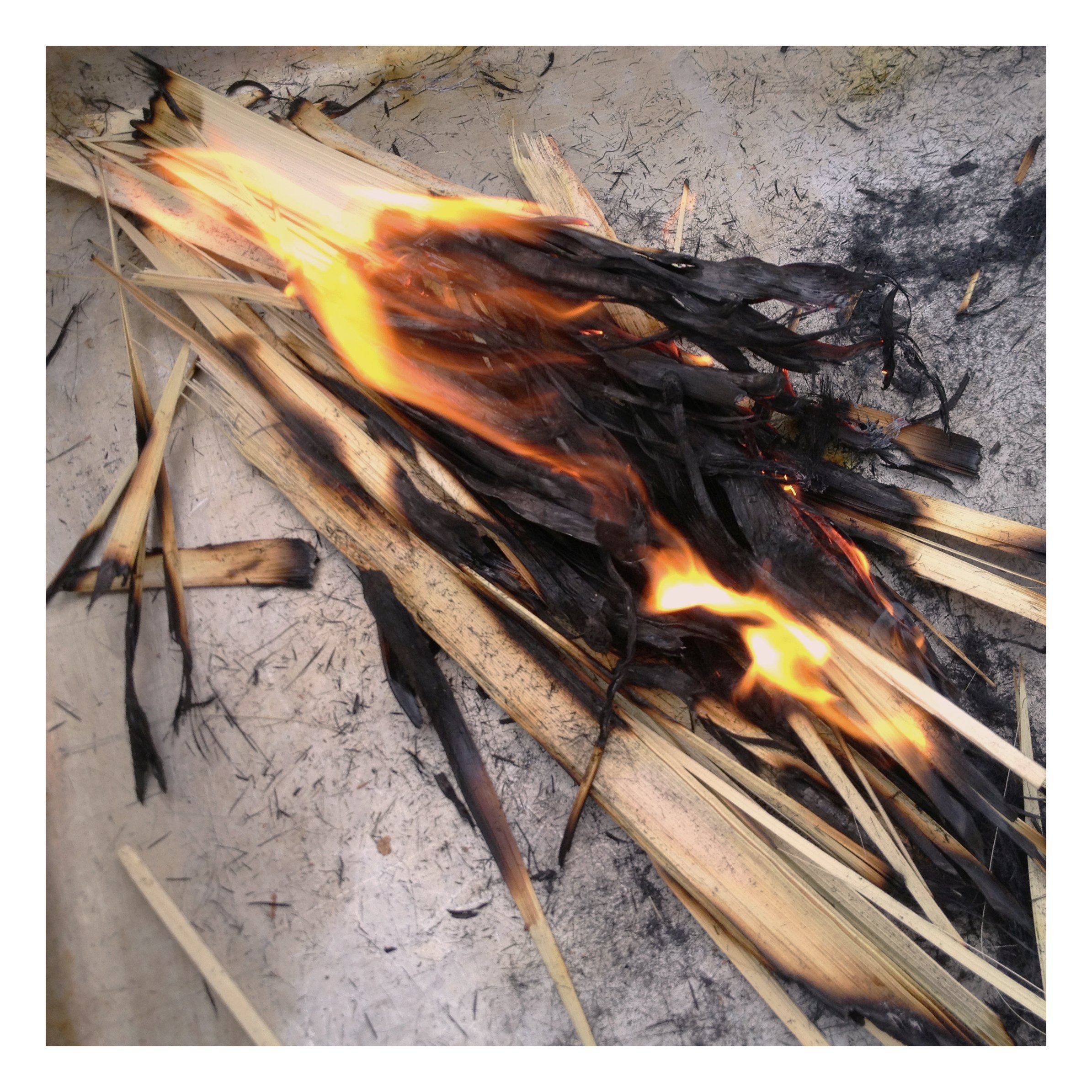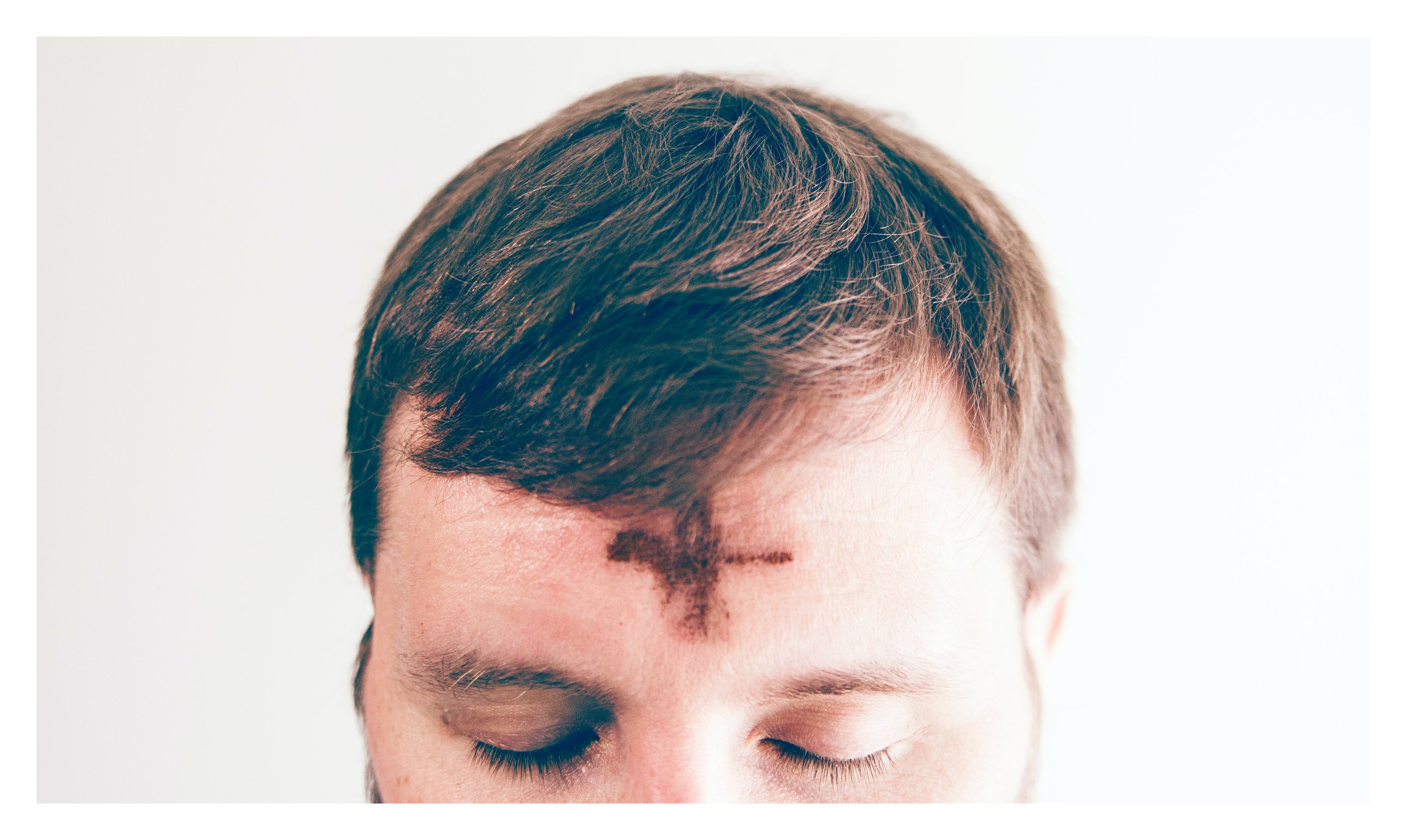
Seven Things to Know about Ash Wednesday
Michelle Brylowski is Associate Director, RCIA and Liturgical Formation, for the Office of Formation for Discipleship. Below, she helps us prepare for Ash Wednesday.
1. What do the ashes on the forehead represent?
Biblically, ashes symbolize mourning, mortality and penance. One would put ashes on one’s head (or even sit in ashes) as an outward demonstration of penance. In the early centuries of the Church, when penance was a very public act, penitents were sprinkled with ashes to identify to the community as someone who was doing penance.
2. When was the first Ash Wednesday celebrated? What was the story behind it?
By the eighth century, the practice of public penance had largely disappeared. It was gradually replaced by a new practice of marking everyone with ashes at the beginning of Lent and eventually became known as the “Day of Ashes.” Since the tenth century, the Church has used ashes to mark the beginning of the penitential season of Lent (now known as Ash Wednesday), when we remember our mortality and mourn for our sins.

3. Where do the ashes that parishes use on Ash Wednesday come from?
Ashes that are distributed on this day are made from the burned palms that were distributed on Palm Sunday of the previous year. This symbolic action creates a visible and tangible link between the season of Lent, and its purpose in preparing us for the commemoration of the passion and death of Christ, and our celebration of Christ’s resurrection at Easter.
4. Are ashes a sacrament?
While the act of receiving ashes is not a sacrament in and of itself, they are a form of sacramentals. Sacramentals are objects or actions that are set apart or blessed by the Church in order to prepare us to receive grace and dispose us to cooperate with it. Sacramentals are instituted by the Church, whereas sacraments are instituted by Christ, and obtain in various forms such as blessings, exorcisms, blessed objects (including ashes), and ritual prayers and actions.
5. Is there anything we should do before receiving ashes?
Spending time in quiet reflection is always a good way to open one’s self to the Holy Spirit, at work in and through this sacramental rite. Meditating on Psalm 51 – the psalm for the Mass of the day – is a concrete way to focus on the penitential character of Lent.

6. How long should I leave on the ashes for?
There is no prescribed length of time to leave ashes on one’s forehead. Generally, they are kept on until they naturally come off, or until one washes at the end of the day. Because ashes on the forehead are so distinct, they are meant to be seen by others. Intentionally removing ashes shortly after receiving them can diminish their effect on the recipient.
7. Is Ash Wednesday a Holy Day of Obligation?
No, Ash Wednesday is not a Holy Day of Obligation. In Canada there are only two Holy Days of Obligation: January 1, the Solemnity of Mary, the Holy Mother of God and December 25, The Solemnity of Christmas. While it is not a Holy Day of Obligation, Ash Wednesday is one of two universal days of fasting and abstinence from meat (the other day is Good Friday). Fasting is a penitential discipline in which we deprive ourselves of food in order to open ourselves to God and witness to our faith.
